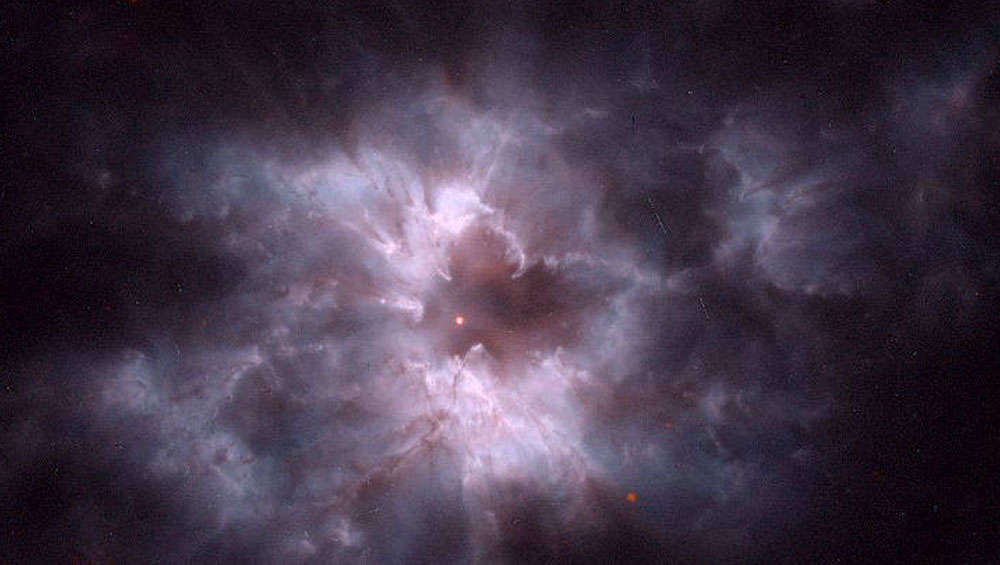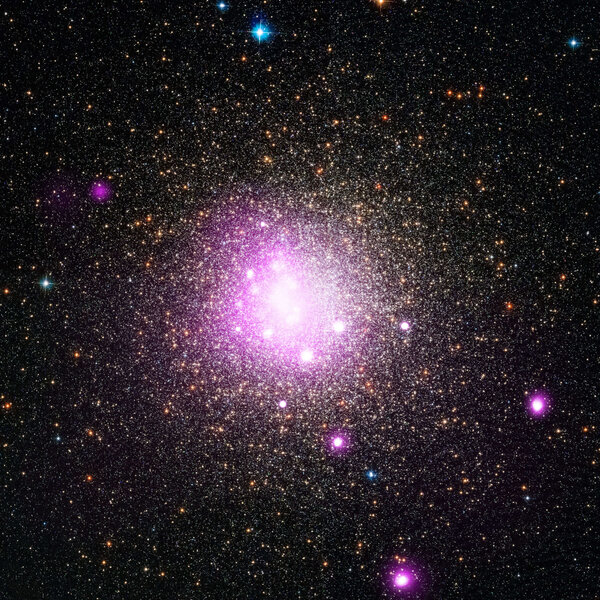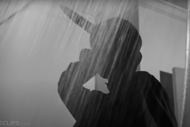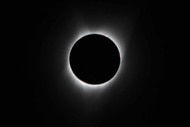Create a free profile to get unlimited access to exclusive videos, sweepstakes, and more!
Do white dwarfs still hang on to the crushed bones of their dead planets?

What happens to planets when they die in a supernova or a red giant’s flames? There may be no cosmic corpses, but there are bones where you would least expect to find them.
It sounds morbid, but the atmospheres of white dwarf stars are revealing all that remains of planets that used to orbit them, but were destroyed when these stars went supernova. This info can be really valuable in the search for unknown exoplanets—they don’t necessarily have to be “alive”. Even a supernova doesn’t erase the existence of a former planetary system. Meaning, elements from the planets can be identified even from beyond the grave.
When investigated by University of Warwick postdoc Mark Hollands and his team of astronomers, the elements or planetary “bones” detected in many white dwarfs are very similar to those in our solar system, which says that systems like ours have been around for eons.
“White dwarfs that accrete the debris of tidally disrupted asteroids provide the opportunity to measure the bulk composition of the building blocks, or fragments, of exoplanets,” Hollands said in a study recently published in Earth and Planetary Astrophysics. “This technique has established a diversity in compositions comparable to what is observed in the solar system, suggesting that the formation of rocky planets is a generic process.”
Our Sun is not nearly huge enough to meet its end in a supernova. In another 5 billion years, will spend its death throes as an angry red giant that blows up far enough to easily swallow Mercury, Venus and Earth, possibly Mars. If Mars is spared, the heat may unfreeze its icy expanses and turn it into a vacation destination for a while, as if anyone or anything will be around to actually want to set up beach chairs and umbrellas over there. But would anything of Earth remain? It would seem as if it got vaporized, but when the Sun morphs from red giant to white dwarf, it might be a giant glowing gravestone.
After both the star and planets are ripped apart, its eerily glowing core remains as a white dwarf, and some planetary remains may head back to their destroyer. White dwarfs are orbs of carbon and oxygen shrouded in hydrogen and helium. They are still pretty vicious despite their deceptively cool appearance. Their intense gravity will still decimate anything that passes by them, including disembodied body parts of planets. Whatever dust and debris is left will then float to the surface of the white dwarf, its final resting place.
What Hollands and his colleagues found was that elements of destroyed planets which end up on white dwarfs can be identified by the spectra they give off. Some elements light up on their own as opposed to needing different types of light flashed at them to determine what exactly they are. The light and heat of a white dwarf can get in the way of the spectral identification of anything else, but elements such as lithium and calcium have been able to show themselves. Potassium was another giveaway that remnants of dead planets were still star-bound. These elements were found in many white dwarfs recently mapped by Gaia.
“The relative abundances of [lithium and potassium] with respect to sodium and calcium strongly suggest that all four white dwarfs have accreted fragments of planetary crusts,” Hollands said. “We detect an infrared excess in one of the systems, indicating that accretion from a circumstellar debris disk is ongoing.”
If the lost atmosphere of Mars is potentially detectable by certain the spectral fingerprint of ions on the surface of the Red Planet’s largest Moon, Phobos, this should not be that shocking. Like these stars keep accumulating debris from their deceased planets, Phobos keeps picking up ions from what is thought to be the lost atmosphere of Mars as it orbits. These ions get lodged in its surface much like planetary dust settles on a white dwarf.
Dead things in space can tell us about what the universe was like billions of years ago. As was found out by Hollands and his team, they can also give us a chance to look into faraway exoplanets we would have otherwise been too late to discover.















